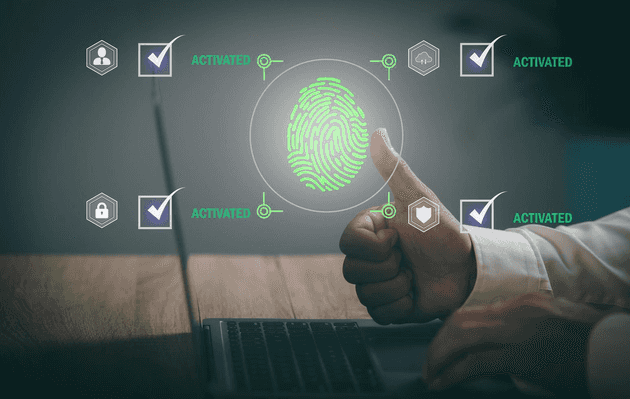In today's increasingly digital world, security is paramount. From online banking to social media accounts and even unlocking our smartphones, we rely on passwords to protect our personal information. However, traditional password-based authentication systems have their limitations. They can be easily forgotten, guessed, or even stolen, putting sensitive data at risk. This is where biometric authentication steps in, offering a more secure and convenient way to verify a user's identity. In this blog post, we will delve into the world of biometric authentication in software, exploring its various facets, benefits, and potential challenges.
The Basics of Biometric Authentication:
Biometric authentication is a sophisticated method of verifying a user's identity by analyzing their unique physical or behavioral traits. These traits include fingerprints, facial features, voice patterns, iris scans, and even typing rhythm. Biometrics offers a higher level of security compared to traditional passwords because it is difficult for an imposter to replicate or steal these characteristics.
Types of Biometric Authentication:
a. Fingerprint Recognition: Fingerprint scanners have become commonplace on smartphones and laptops. They analyze the patterns of ridges and valleys on a person's fingertip to verify their identity.
b. Facial Recognition: This technology uses algorithms to map facial features, creating a unique template for each individual. Apple's Face ID is a prominent example of facial recognition.
c. Voice Authentication: Voice recognition software assesses the speaker's unique vocal characteristics, such as pitch, tone, and speech patterns, to authenticate them.
d. Iris Scanning: Iris recognition systems capture the intricate patterns within the iris, the colored part of the eye, for authentication.
e. Behavioral Biometrics: This type of authentication analyzes user behavior, including keystroke dynamics and mouse movement patterns, to determine their identity.
Advantages of Biometric Authentication:
a. Enhanced Security: Biometrics are extremely difficult to forge or replicate, making them a robust security measure.
b. Convenience: Users don't need to remember complex passwords; they simply need to provide their biometric data.
c. Speed: Biometric authentication is typically faster than entering a password, improving user experience.
d. Reduced Fraud: It significantly reduces the chances of identity theft or unauthorized access.
Challenges and Considerations:
a. Privacy Concerns: Collecting and storing biometric data raises privacy concerns. It's crucial for organizations to handle this data responsibly and securely.
b. False Positives and Negatives: No system is perfect, and biometric systems can sometimes produce false positives (accepting an imposter) or false negatives (rejecting a legitimate user).
c. Biometric Data Storage: Secure storage and protection of biometric data are essential to prevent data breaches.
Implementation in Software a. Integration: Developers need to integrate biometric authentication features into their software applications, leveraging software development kits (SDKs) and APIs provided by biometric technology vendors.
b. User Education: It's essential to educate users on how biometric authentication works and the security measures in place to protect their data.
c. Multi-Modal Biometrics: Combining multiple biometric methods can enhance security further, as it requires an imposter to defeat multiple authentication measures.
Conclusion:
Biometric authentication in software represents a promising step forward in enhancing security while improving user convenience. As technology continues to advance, biometrics will likely become even more integrated into our daily lives, offering a secure path to the future of digital identity verification. However, it's important to address privacy concerns, continuously improve accuracy, and ensure the responsible handling of biometric data to reap the full benefits of this innovative authentication method. In the ever-evolving landscape of cybersecurity, biometrics are a critical tool for protecting our digital lives.
